What Are Teeth Made Of?


Teeth are made mainly of hard, inorganic minerals such as calcium and are designed for chewing and crushing. They also include blood arteries, nerves, and specialised cells that produce the tooth's various elements. Enamel is the tooth's outermost coating. The enamel is 95 per cent inorganic and is formed by cells known as ameloblasts, producing the toughest substance in the body.
Furthermore, while considering dental health, it is a wise option to explore what teeth are composed of; this helps us learn more about how our behaviours and what we consume affect our oral health. Let's take a closer look at what are teeth made of.
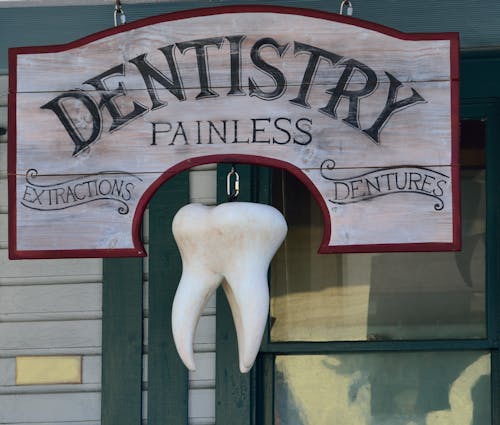
Tooth or teeth, in the plural, is any of the hard, tough structures found on living species' jaws, as well as in and around the pharynx and mouth regions. Teeth are utilised for capturing and chewing food, as well as for defence and other specific reasons. In addition, vertebrate teeth are altered successors of dermal bone shields that protected ancient fishes.
A tooth also includes a crown and one or more bases. The crown is the exposed functioning component above the gum. While the root is the invisible component of the tooth that sustains and tightens it to the jawbone. Furthermore, the morphology of the crown and root differs across teeth and between life forms.
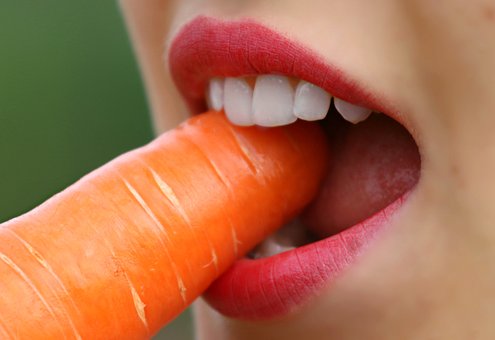
The 32 teeth in your mouth are divided into two groups. This includes:
Gnawing through an apple, for instance, is an indication of incisive biting.
Grinding and chewing.
The sharper teeth are located at the front mouth; as we travel to the rear of the mouth, which allows us to apply significantly more force from crushing, they become bigger so that we can spread the pressure over a broader surface area, enhancing their effectiveness. Back teeth also have significantly bigger groups, allowing us to apply more pressure to ground our food.
Furthermore, wisdom teeth are located towards the rear of our mouth and appear to create numerous issues in contemporary people, as they are frequently affected. This is why wisdom teeth are commonly extracted.
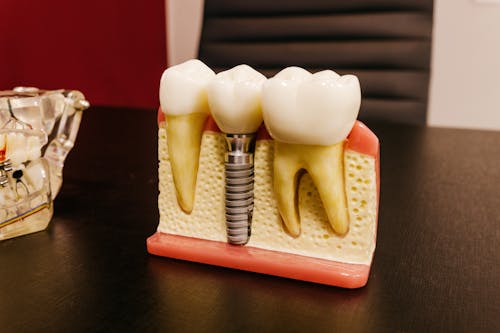
The crown. This is the visible area above the gums.
The neck. This is the area where the crown and root connect.
The root. This part of the tooth holds it in place in the bone and is not generally visible.
There are primarily biological parts in these three sections:
This is the tooth's tough outermost layer, the toughest material in the body. A 96% hydroxyapatite mineral, a crystalline type of calcium phosphate, preserves human teeth. The other 4% consists of water and organic matter. This high mineral concentration provides the tooth enamel with its distinctive translucent aspect.
This is somewhat softer in the area of the teeth around the nerves and blood flow, which is delicate. Dentine comprises 22% water, 33% organic material, and 45% hydroxyapatite mineral. It is somewhat yellow because of the organic components.
We possess nutritious pulp in the heart of the tooth, which includes connective tissue, blood vessels, and nerves. When the pulp is severely destroyed, the tooth is deprived of crucial nutrients and neurological messages. Furthermore, the tooth's biological tissues nourish it, which keeps it alive. They also give your brain proprioception, allowing you to sense what is happening. The blood vessels are held in place by the tooth pulp, also known as the periodontal ligament.
The cementum is as strong as bones and sheaths the tooth's base. The ligaments which maintain the tooth in position in the jaw bone connect to this layer. The cementum is yellower than the dentin but not as black.
Teeth are not composed of bones. Unlike teeth, consisting mainly of the mineral hydroxyapatite, bone is composed primarily of collagen. Collagen is a protein that offers a soft structure for the bone, whereas calcium phosphate is a mineral that strengthens this gentler foundation. The mixture of calcium and collagen gives bones flexibility and strength.
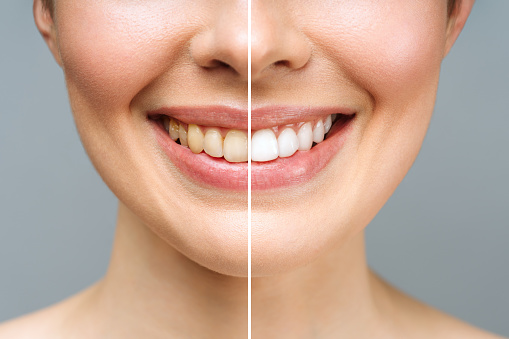
There are many reasons for black lines on teeth:
Oral hygiene is lacking. When the natural architecture of your tooth includes bridges and lines, these may build with a plaque and thus become black if not cleansed off on a regular schedule, especially when you engage in tendencies like smoking or consuming highly coloured foods.
The human tooth is decaying. When a tooth dies, the blood flow diminishes, and the tooth becomes black.
Root canal therapy. Since the blood flow within the tooth has been eliminated during a root canal treatment, the tooth may seem darker than before.
A worn-out dental crown. Several dental crowns include metal, which may start to appear black along the gum line when the gum recedes naturally with age.
Tooth decay may only be restored or halted by eliminating the decay and then filling the space with a long-lasting filling substance. When you have decayed tooth, it isn't feasible to cure it yourself since it must be extracted and refilled. The greatest thing you can accomplish at home is to avoid tooth decay from occurring in the place by practising basic oral hygiene.
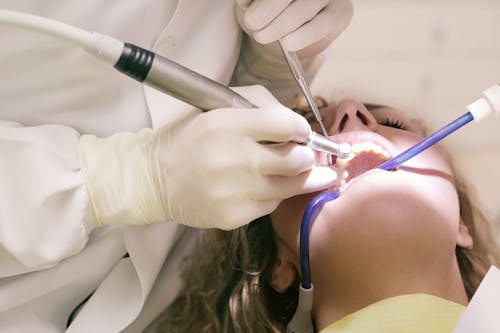
Because cracked teeth cannot regenerate, you should do everything necessary to avoid harm from occurring in the first place.
Brush your teeth twice daily, both morning and night, and floss once daily. Brushing must be quick; this should last at least two minutes.
This does not imply removing sugar consumption but limiting your sugar intake. Do not overeat sweet foods or beverages. When you do, a bacteria called Streptococcus can grow in your mouth, leading to deterioration, mainly if you do not thoroughly clean your teeth.
Tobacco, and the dry atmosphere created by smoking, attracts dangerous mouth germs. When you smoke, think about stopping for good.
Nourishing meals promote the growth of beneficial microorganisms which protect teeth from illness and plaque while also delivering critical minerals such as calcium, and Vitamin D. In addition, consume more salad greens, carrots, sauerkraut, apples, cheese, pasteurised eggs, yoghurt, and fatty fish for healthy teeth.
This may be a difficult habit to kick. When you grind your teeth when sleeping, you could be unaware of it. Tooth grinding, also known as bruxism, may cause tooth loss, cracks, fractures, discomfort, and sensitivity. Routine checks are essential since your dentist would be able to identify whether you have bruxism just by glancing at your teeth.
You might be enticed to crack a bottle using your mouth or break the tape with your teeth, but you should not. As teeth are not replacements for suitable instruments, many individuals wind up chipping or shattering their teeth. Utilising your teeth in this way will cause them to wear down faster.
It is a great idea to see your dentist at least every year for a complete examination and treatment. Your dentist will detect and cure any dental issues before they worsen. Based on the disease, early intervention may frequently result in a complete recovery.
Teeth, unlike bones, do not have marrow; their blood supply is provided by a tissue known as the dental pulp, which also includes the nerves which induce pain once you have a cavity or consume anything cold.
Molars, canines, and incisors are all teeth found in humans. Incisors aid in biting food, canines in holding and tearing food away, and molars in grinding food.
The crowns are the front of your teeth, and the impression they leave is unique to every individual and can be employed to recognise you, much like fingerprints.
Kids start developing teeth between the ages of 4 and 7 months. They usually have roughly 20 teeth by the age of three.
Plaque, a combination of good and germs, may form on your teeth if they are not cleaned properly. As the bacteria digest the sweet food accumulation, they generate an acidity that melts the calcium minerals in dentine and enamel, causing a cavity to develop.
Plague left on the teeth for an extended time may solidify into tartar, a chalky material. Tartar may induce gum disease, resulting in tooth loss and other health problems.
While bones and teeth may seem to be made of the same materials at first appearance, they are not. Teeth cannot mend or cure themselves, although bones can. Teeth are more delicate in this regard, so it is essential to practise proper oral hygiene and visit a dentist regularly.
Furthermore, even though your teeth are coated with the toughest and most vital mineral in your system, they are readily decomposed by sugar or an absence of dental care. Receiving regular dental cleanings, flossing, and brushing are all essential steps towards preventing tooth loss, gum disease, and tooth decay. Your teeth are powerful, but you must maintain them. They'll be the only ones you will receive unless you find regeneration abilities for your teeth. Maintain the health of your gums and teeth.










Plus get the inside scoop on our latest content and updates in our monthly newsletter.